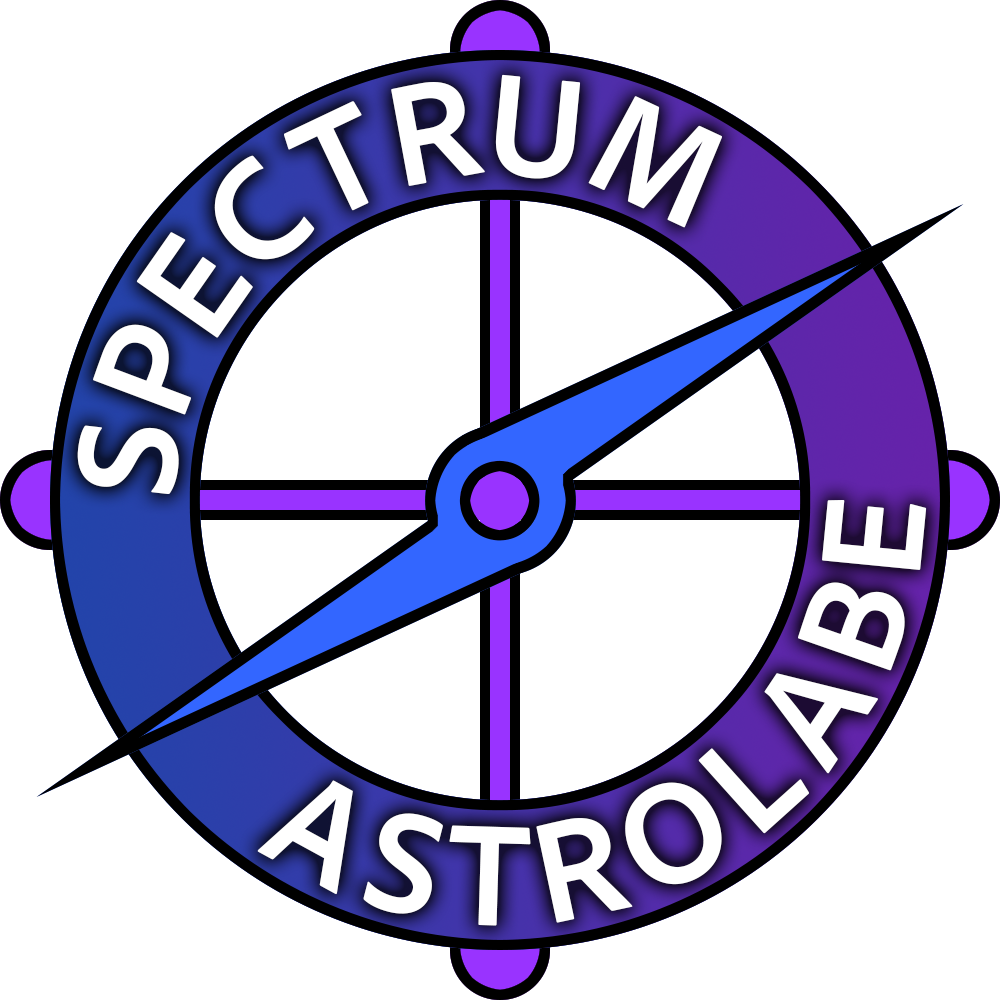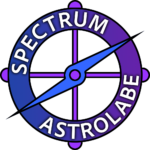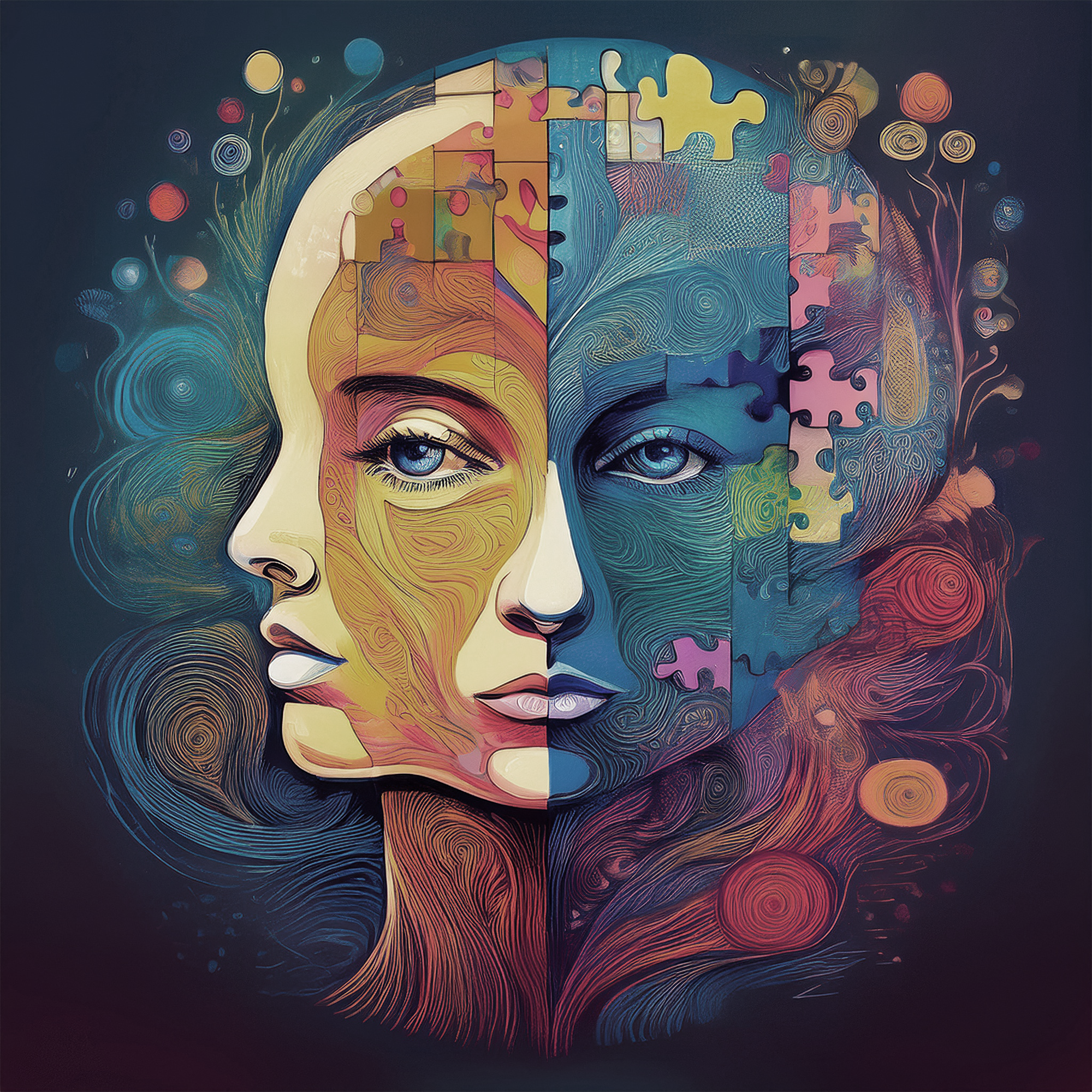A recent study published in Frontiers in Psychiatry offers a fresh perspective on autism spectrum disorders, challenging conventional diagnostic models by uncovering hidden social and emotional competencies. Titled “Hidden Social and Emotional Competencies in Autism Spectrum Disorders,” the research employs innovative digital tools to reveal subtle emotional capabilities that are often overlooked.
Key Findings
- Facial Micro-Movement Patterns – Using facial video analysis, researchers identified distinct micro-movement patterns in individuals with ASD compared to neurotypical controls. These patterns were especially pronounced during resting states, with variability linked to the level of support needs among autistic participants.
- Action Units (AUs) – Both autistic and neurotypical participants engaged universal facial expressions during emotional tasks. However, autistic individuals displayed intensity ranges outside typical perceptual expectations, with differences observed across emotions such as anger, happiness, sadness, and surprise.
- Subgroup Insights – Non-speaking autistic individuals with apraxia exhibited the highest levels of facial micro-movement noise at rest, suggesting challenges in motor planning and execution.
Implications for Diagnosis and Treatment
The study advocates for a shift from deficit-focused models to personalized approaches using objective digital tools. By analyzing facial micro-movements, clinicians can better understand the nuanced emotional capabilities of autistic individuals. This approach could improve diagnostic accuracy, reduce stigma, and foster stronger social connections between autistic individuals and their neurotypical counterparts.
A New Path Forward
This research highlights the potential of technology to transform autism diagnosis and treatment. By identifying hidden competencies, clinicians can adopt a strengths-based approach that celebrates neurodiversity and empowers autistic individuals to thrive socially and emotionally.
Citations:
- Hidden Social and Emotional Competencies in Autism Spectrum Disorders – https://www.frontiersin.org/journals/psychiatry/articles/10.3389/fpsyt.2025.1559202/full












